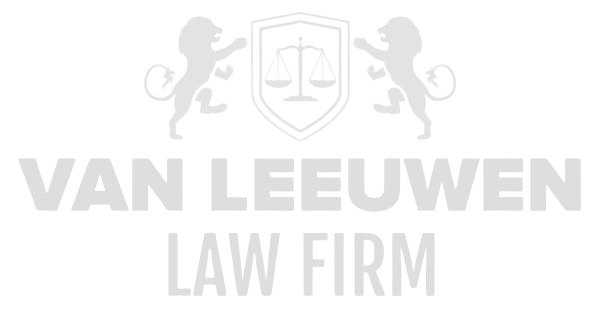The design of a Legal Target Operating Model (TOM) involves creating a framework that outlines the desired structure, processes, roles, and responsibilities within the legal function of an organization. The purpose of the Legal TOM is to align the legal department with the overall strategic objectives of the organization and optimize its operations. Here are some key steps in designing a Legal TOM:
Define strategic objectives: Identify the strategic goals and priorities of the organization and understand how the legal function can support and contribute to those objectives. This may include areas such as risk management, compliance, cost optimization, and efficiency improvements.
Assess the current state: Evaluate the existing structure, processes, roles, and responsibilities within the legal function. Identify strengths, weaknesses, and areas for improvement. Consider factors such as organizational culture, resources, and technology capabilities.
Define the desired future state: Determine the ideal structure, processes, roles, and responsibilities that will enable the legal function to achieve its strategic objectives. Consider industry best practices, emerging trends, and the specific needs of the organization. This may involve redefining reporting lines, streamlining processes, and leveraging technology.
Design the Legal TOM: Develop a detailed framework that outlines the proposed changes to the structure, processes, roles, and responsibilities. Define how legal services will be delivered, how work will be prioritized and assigned, and how collaboration and communication will be facilitated. Consider the integration of legal technology solutions and automation to enhance efficiency and effectiveness.
Engage stakeholders: Collaborate with key stakeholders, including legal department leaders, business units, and other relevant functions, to ensure buy-in and alignment with the Legal TOM. Seek input and feedback throughout the design process to address concerns, incorporate diverse perspectives, and promote acceptance.
Develop implementation plan: Create a roadmap for implementing the Legal TOM. Identify key milestones, resource requirements, and timelines. Consider change management strategies to support successful adoption, such as communication plans, training programs, and performance metrics.
Monitor and refine: Continuously monitor the implementation of the Legal TOM and gather feedback from stakeholders. Measure performance against defined metrics and adjust the model as needed to address any challenges or changing business needs. Regularly review and update the Legal TOM to ensure its ongoing relevance and effectiveness.
The design of a Legal TOM requires a thorough understanding of the organization’s strategic objectives and a collaborative approach to aligning the legal function with those objectives. By designing an optimized Legal TOM, organizations can enhance the value and effectiveness of their legal department and enable it to better support the overall goals of the organization.


